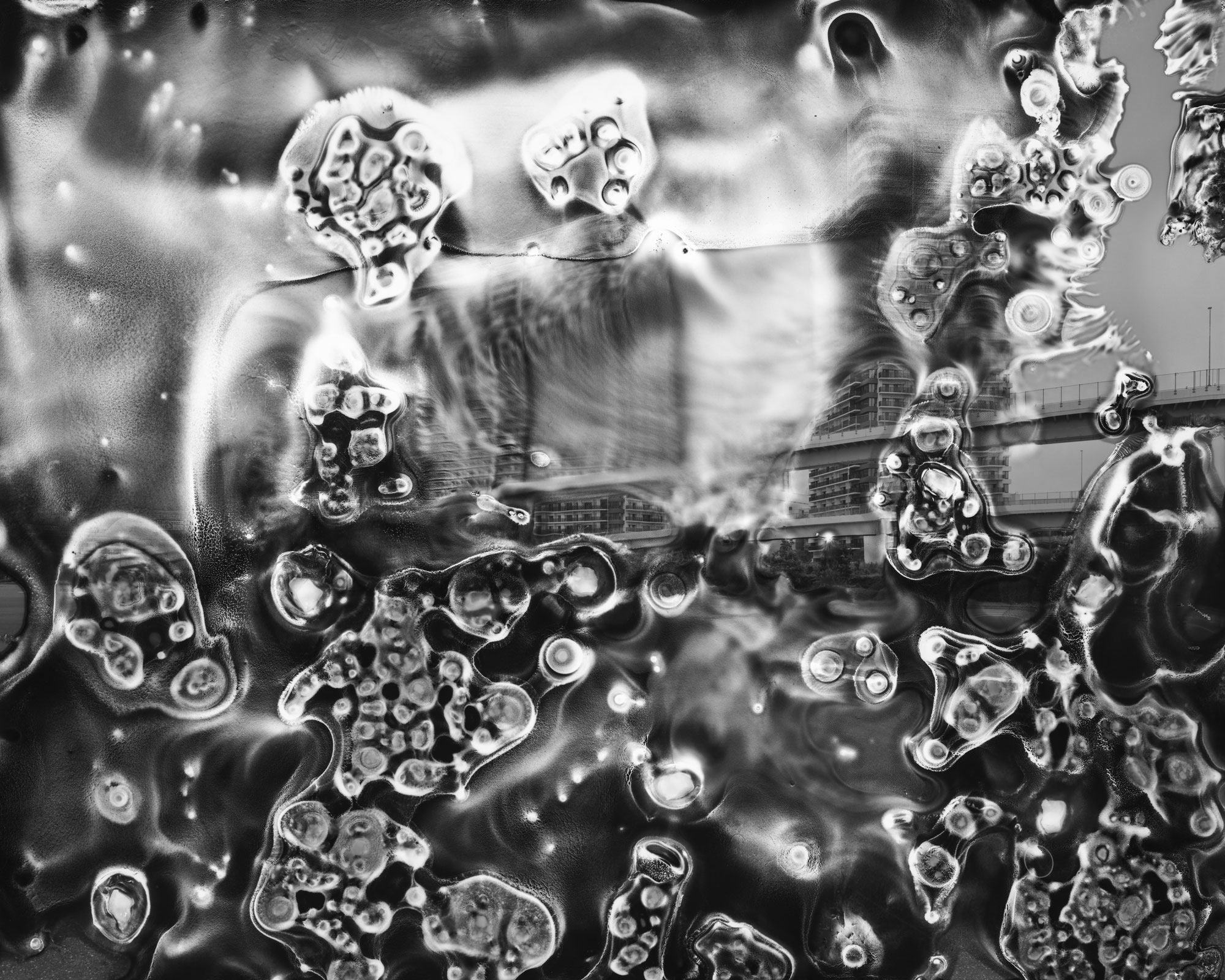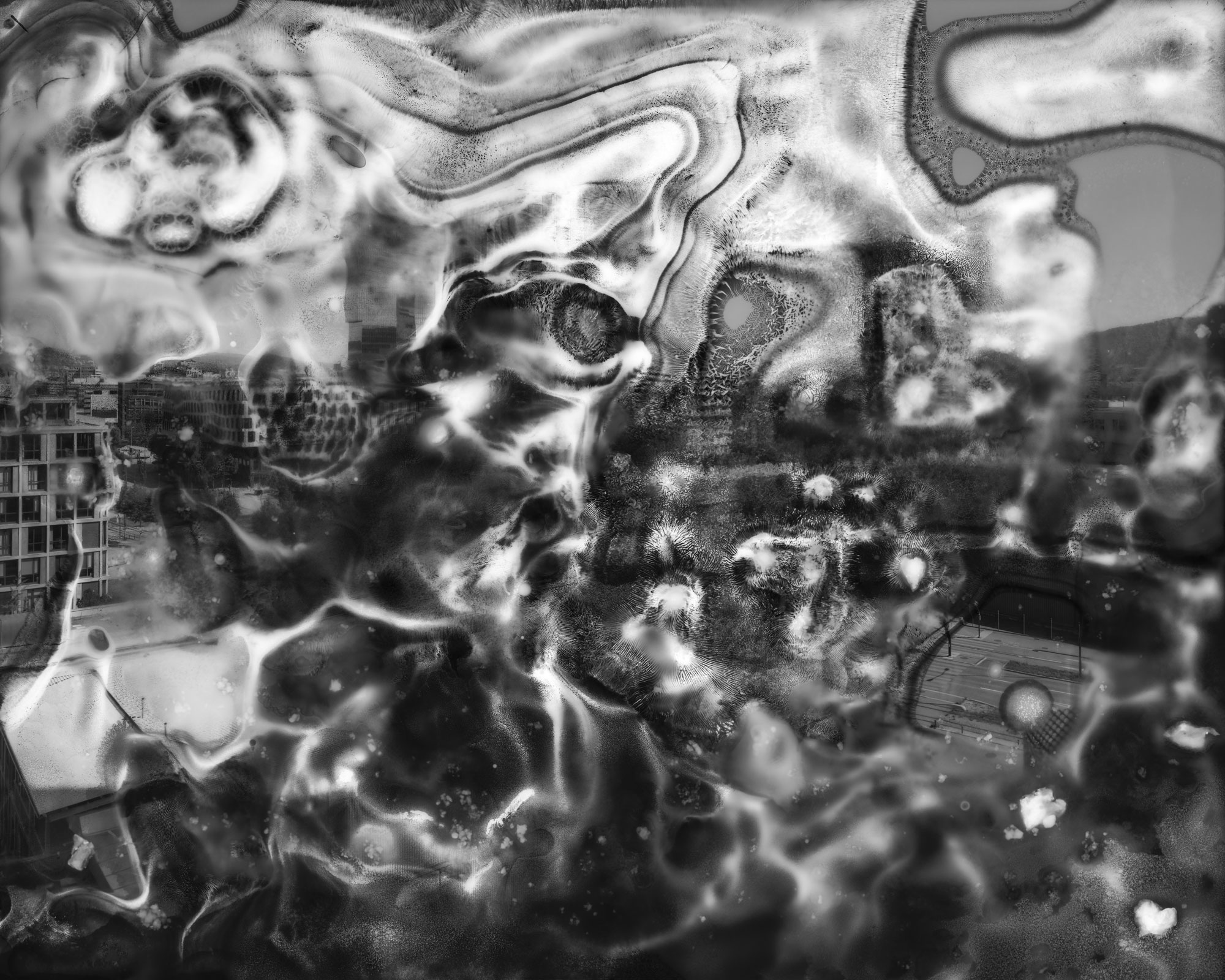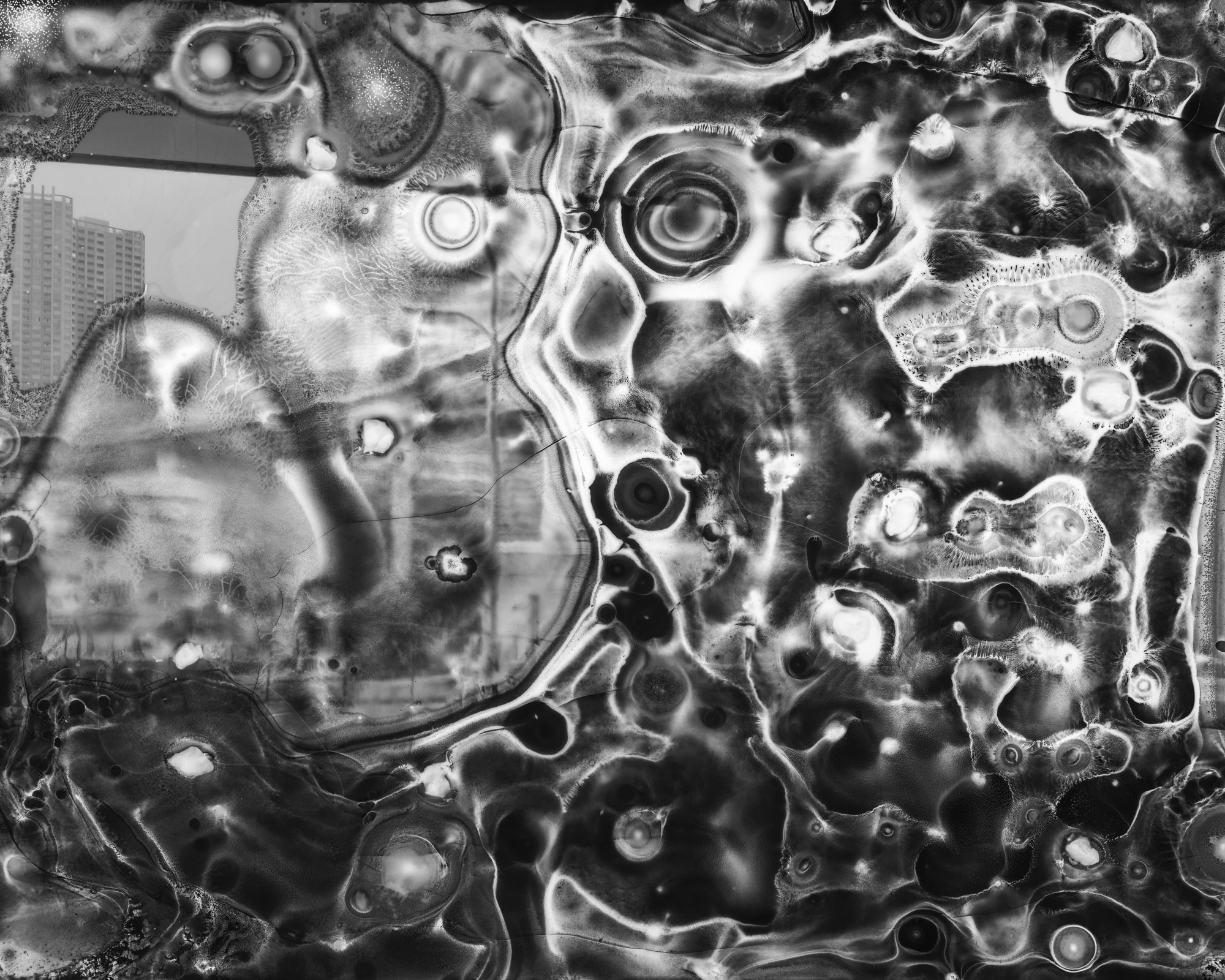Location: Worldwide
Date: 2019–2021
Throughout the enterprise of human civilisation, it has been deemed important to be able to control the natural environment for the benefit of progress, which in turn has led to a tendency to divide the natural and the cultural sphere. In an attempt to rejuvenate an understanding of the biosphere as one of constant cross-contamination, Entangled Life emphasises the notion of fungal networks as an encouraging force in decentralising humanity, thus transgressing anthropocentric notions of perceiving the world.
Access the work documentation here
Date: 2019–2021
Throughout the enterprise of human civilisation, it has been deemed important to be able to control the natural environment for the benefit of progress, which in turn has led to a tendency to divide the natural and the cultural sphere. In an attempt to rejuvenate an understanding of the biosphere as one of constant cross-contamination, Entangled Life emphasises the notion of fungal networks as an encouraging force in decentralising humanity, thus transgressing anthropocentric notions of perceiving the world.
Access the work documentation here




